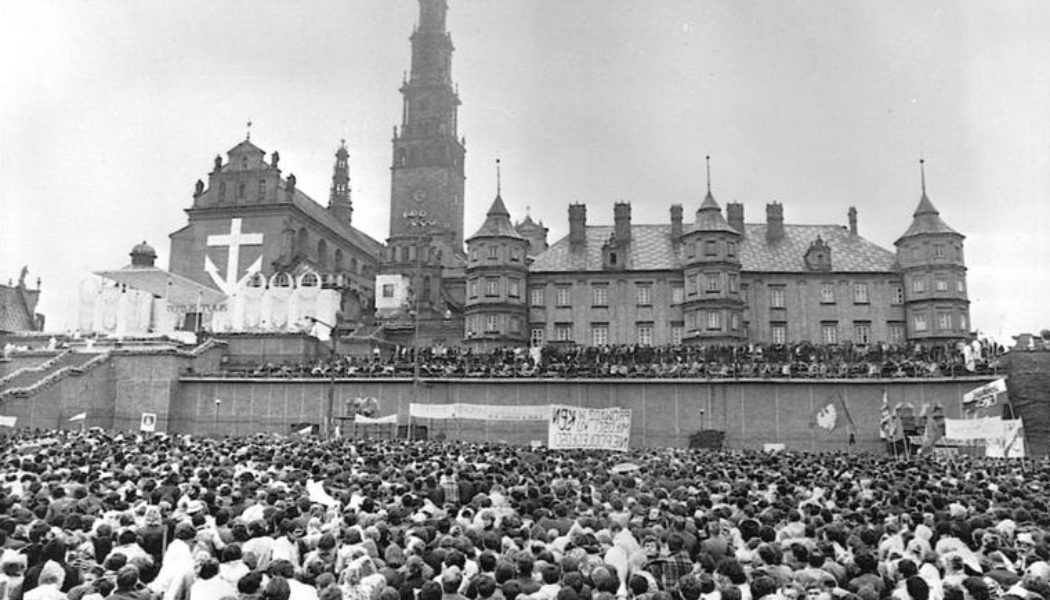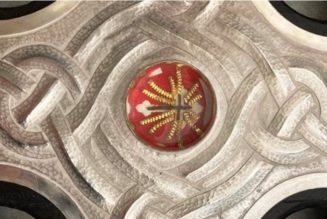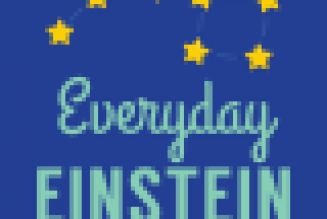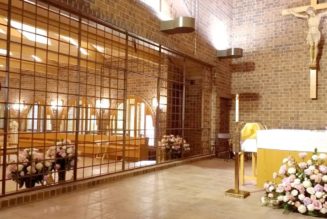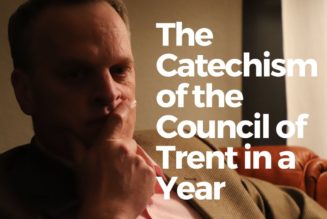
When did World Youth Day (WYD) begin?
A good answer is 40 years ago at the sanctuary of Our Lady of Jasna Gora, the shrine in Częstochowa, the spiritual capital of Poland. As Pope Francis includes the Marian shrine of Fatima in his WYD visit to Portugal — a shrine profoundly linked to the life and mission of St. John Paul II, founder of WYD — it is opportune to reflect on the 1983 visit of John Paul to Częstochowa.
The Polish roots of WYD can be traced even farther back, perhaps to the 1950s, when Father Karol Wojtyła began his work with students and young adults in Kraków. Or perhaps the origin can be found in the nine-year program of processions and pilgrimages that the indomitable primate of Poland, Blessed Stefan Wyszynski, orchestrated in preparation for the 1966 millennium of Poland’s baptism.
There is also the official history, that it was the response of young people themselves to an invitation from St. John Paul II to join him on Palm Sunday in 1984, in the last days of the special Jubilee Year of the Redemption. The organizers expected about 60,000. About 250,000 came. So the next year, for the U.N. International Year of Youth, John Paul invited young people again for Palm Sunday. About 300,000 came. There was an evident desire from young adults to gather with the Pope. And he enjoyed being with them, encouraging them in the faith.
So the Holy Father instituted World Youth Day and held the first official one in Rome in 1986. The first international one was in Buenos Aires in 1987, and the rest — Santiago, Denver, Manila, Toronto, Sydney, etc. — is history. And the present, as WYD 2023 unfolds this week in Lisbon.
As for John Paul himself, his answer appears in his 1994 book, Crossing the Threshold of Hope:
“This also explains the idea of holding World Youth Days. At the very beginning, during the Jubilee Year of the Redemption, and then again for the International Year of Youth, sponsored by the United Nations (1985), young people were invited to Rome. This was the beginning. No one invented the World Youth Days. It was the young people themselves who created them. Those Days, those encounters, then became something desired by young people throughout the world. Most of the time these Days were something of a surprise for priests, and even bishops, in that they surpassed all their expectations.”
Częstochowa 1983
The argument for Częstochowa 1983 as the origin — or better, “an origin” — of WYD is an extraordinary evening meeting with the youth of Poland at Jasna Gora.
At 9pm on June 18, to be precise. At the close of the day, before the icon of the Black Madonna is covered for the night, there is the “appeal” or “call” of Jasna Gora. It takes place each night at 9pm. Those gathered at the shrine, and throughout Poland, sing: “Mary, Queen of Poland, I am close to you. I remember you. I watch.”
The devotion of these “concise and eloquent” words, as John Paul called them, spread throughout Poland particularly in the years 1953-1956, when Cardinal Wyszynski was imprisoned by the communist regime.
At the shrine itself, the “appeal” is often accompanied by preaching. John Paul preached in June 1983, less than a year before the first Palm Sunday gathering of youth in Rome. It might be considered his first WYD address, keeping vigil at night, just as the Saturday night vigil is always included in WYD.
“Our Lady of Jasna Gora is a teacher of fairest love for all,” John Paul said:
“And this is particularly important for you, dear young people. In you, in fact, that form of love is decided which your whole life will have and, through you, human life in the land of Poland. Matrimonial, family, social, national, but also priestly, religious, missionary. Every life is determined and evaluated through the inner form of love. Tell me what your love is, and I’ll tell you who you are.”
John Paul then spoke in deeply emotional, even painful terms, about the suffering of Poland in history — and at that moment, still under martial law. One could imagine him having that same conversation with his university students in the 1950s.
“I watch also means: I feel responsible for this great common heritage, whose name is Poland. This name defines all of us. This name obliges us all. This name costs us all.
“Perhaps sometimes we envy the French, the Germans or the Americans, because their name is not tied to such a price of history, and because they are much more easily free. While our Polish freedom is so expensive.
“I will not, dear ones, make a comparative analysis. I will only say that it is precisely what costs that constitutes value. Indeed, one cannot be truly free without an honest and profound relationship with values. We do not want a Poland that costs us nothing.”
Here we see in dramatic terms the message John Paul would address to WYD over the next 20 years. Young people were inspired by a summons to mission, affirming their capacity to sacrifice for a great good. At Częstochowa, with great personal credibility, John Paul said that his countrymen — and fellow Christians — do not want a nation, a history, a faith, a salvation that costs nothing. Enduring values do not come on the cheap.
John Paul summarized his message to youth in a single phrase at Częstochowa: “You must demand much of yourself, even if others do not demand it of you.”
The Holy Father made it clear that he would not pander to young people, but challenge them. He would not offer yet another option to cater to their wills, or make excuses for their weaknesses. The path of discipleship is demanding.
Four years later, just months after the first international WYD in Buenos Aires, he spoke to Polish youth again at Westerplatte, Gdansk, site of heroic resistance by Polish armed forces at the beginning of World War II. He would quote himself from 1983 in Częstochowa: Demand much of yourselves, even if others demand nothing of you.
The twin Polish addresses of Częstochowa/Westerplatte formed the template for all that would follow in subsequent WYDs. It explains why WYD was a global magnet for young Catholics, even as the Pope grew old. They found in him — and their fellow pilgrims — a guide who thought them capable of greatness.
Forty summers later, it seems clear that June 1983 at Częstochowa refined John Paul’s pastoral approach to youth as pope. The next year he would invite young people to Rome for Palm Sunday and keep vigil with them.
The following year, for the 1985 U.N. International Year of Youth, he had the young people back and gave them on Palm Sunday a lengthy apostolic letter, Dilecti Amici (Beloved Friends), on the gift and mission of youth. That letter stands today as the magna carta of all young-adult ministry.
Dilecti Amici is framed by a profound meditation on the rich young man who meets Jesus in the Gospels. And the seeds of that too were at the youth vigil at Jasna Gora.
“A nation, then, is first of all rich in men,” John Paul said. “Rich in man. Rich in youth. Rich in each one who watches in the name of truth.”
John Paul evidently wished to share the experience of the Jasna Gora vigil beyond the youth of Poland. As soon as possible after the defeat of communism, he held WYD in Częstochowa in August 1991 — the first WYD where large numbers were able to attend from the Soviet empire.
Thus from Pope Francis on pilgrimage to Our Lady of Fatima in 2023, a line can be traced back to St. John Paul II at Our Lady of Częstochowa in 1983.
That’s a good answer to where World Youth Day began.
[embedded content]
